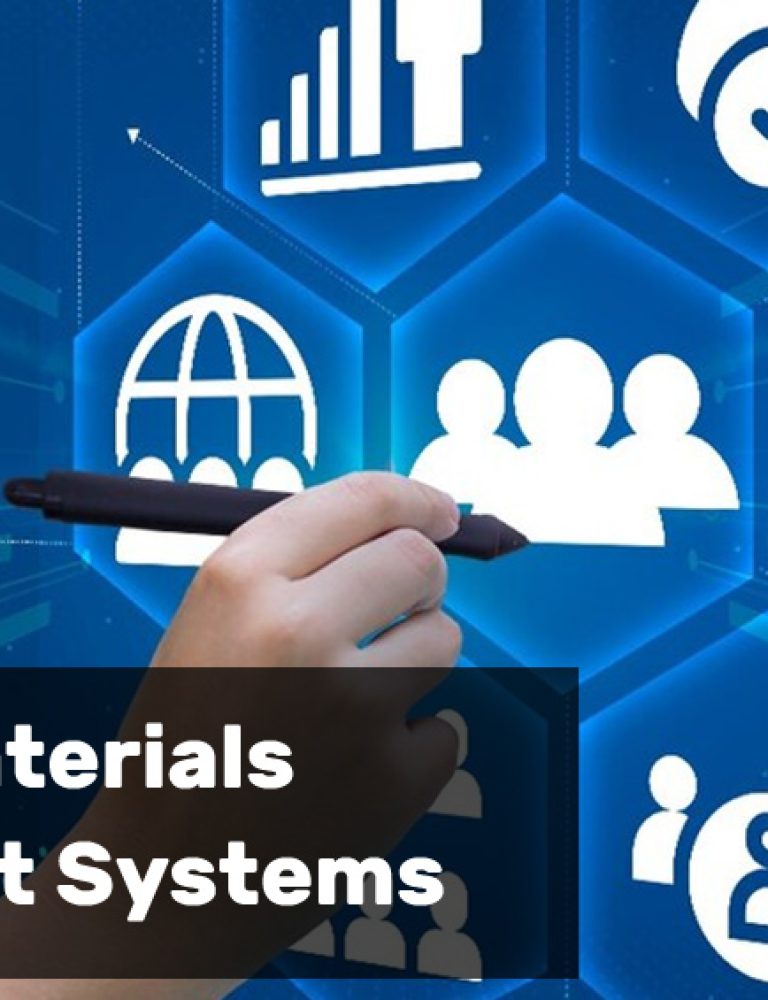The normalization of online education has exponentially expanded the horizons of learning. In fact, the online learning market accumulated a revenue of 166.60 billion dollars in 2023. This is further proof that educational institutions are now reaching learners worldwide without a hitch.
To moderate the increasing number of learners, institutes must place effective learning objectives mapping in place. Doing so can align the education program to reach the learning objectives seamlessly.
An effective mapping system also leads to an enhanced instructional design. That is why digital textbook platforms like KITABOO, with strong curriculum planning capabilities, come in handy for institutes.
But before learning how to create the ideal learning objectives mapping strategy, let’s understand its fundamentals.
Table of content
I. What is Learning Objectives Mapping?
II. Benefits of Using Learning Objectives Mapping
III. Expert Tips for Effective Learning Objectives Mapping
- Conduct Research Beforehand
- Input Action Verbs
- Keep Everything Concise
- Opt for Educational Tools
- Be SMART
- Execute Frequent Assessments
- Introduce Proven Tactics
- Get Feedback
IV. In Conclusion
What is Learning Objectives Mapping?
Learning objectives mapping is the process of streamlining an educational program’s components to ensure their unified collaboration. Also known as instructional alignment, the process is crucial to achieve positive learning outcomes.
The mapping process connects several elements, like assessments, resources, content, and activities. Its goal is to ensure that each part of the educational program is designed and placed to deliver the desired result.
Aligning the components helps educators facilitate a coherent learning experience. Let’s take a look at some of the important factors involved in learning objectives mapping:
- Content: It includes the concepts, knowledge, and information that learners need to acquire.
- Learning Objectives: These objectives include clear, measurable, and specific statements defining what the program students are expected to learn beforehand.
- Instructional Strategies: These include teaching activities, methods, and resources that will deliver the content to the students.
- Learning Resources: Digital resources, multimedia tools, textbooks, and learning materials make a crucial part of the learning objectives mapping process.
- Results: The process also involves reviewing and analyzing student progress.
Feedback: Based on the progress, feedback is provided to students to meet the specified objectives.
Benefits of Using Learning Objectives Mapping
A well-executed learning objectives mapping strategy can enable benefits such as:
Focus
A clearly defined learning objectives mapping process gives a clear focus to both learners and educators. It helps them keep track of the outcomes, ensuring their efforts are steered toward those goals.
Streamlining
Better Analysis
Regularly conducting the mapping process leads to a thorough analysis of student progress. It helps educators gain actionable insights into how the student is performing.
Since the assessment is measurable, it paints a comprehensive picture of their progress and weaknesses.
Improved Instructional Design
Educators can use the assessment insights to modify their teaching strategies. It allows them to deliver the most relevant content to students in the most effective manner.
Personalization
A better assessment of student progress opens the window of customization. It lets educators customize their strategies based on a student’s progress and preferences.
Transparency
A mapping process facilitates transparency among parents, learners, and similar parties. It keeps them all on the same page about the progress of the program and the learner.
Expert Tips for Effective Learning Objectives Mapping
The complex nature of learning objectives mapping makes it challenging for educational institutions to nail it perfectly. With the assistance of digital learning experts like KITABOO, educators can get customized strategies that address their pain points.
Here are some expert tips that can help you get started with learning objectives mapping:
Conduct Research Beforehand
The first step towards building an effective learning objectives mapping process is understanding the prerequisites.
Use surveys and pre-tests to gauge your students’ needs. It will provide an idea of their knowledge and objectives, upon which the mapping can be based.
Input Action Verbs
Using action verbs while explaining your learning objectives can result in better assessment.
These verbs include evaluate, compare, demonstrate, analyze, etc. The learning objectives should start with action verbs that clearly state what the student should do. These verbs set the tone for the objective, dictating the level of cognitive engagement needed.
Action verbs convey the intended skill and behavior the students should exhibit. As they clarify the results, both learners and educators can understand what’s expected of them.
Keep Everything Concise
Filling a curriculum with details is tempting. However, doing so can be counter-productive. Overwhelming learners is not a feasible idea in the long run.
Try to keep your content and mapping concise. Clear learning objectives will establish a clear vision in front of the learners.
Opt for Educational Tools
With automated tools, educators can save precious time and resources on several stages of mapping. These tools can devise program customization ideas based on different students. They can also assess and grade the tests to save effort.
Seasoned digital textbook experts like KITABOO offer a diverse array of tools to facilitate such benefits. From assessment to program creation, institutions can find a dedicated tool to simplify the process.
Be SMART
Integrate the SMART criteria to maintain a well-defined structure around your learning objectives.
The strategy ensures that your objectives are achievable, actionable, and well-defined. It also establishes a framework that can be followed for the desired results.
Here are the properties enabled by the SMART approach:
- Specific: Be specific about your goals
- Measurable: Define the measurement metrics of the assessment
- Achievable: Keep the objectives realistic
- Relevant: The objectives should align with the learning goals
Time-Bound: Keep a relevant timeline to achieve the objectives
Execute Frequent Assessments
Undertaking frequent assessments with objectives is a viable idea for every education body. While mapping the objectives, make sure the assessment is streamlined with the intended outcomes.
Keep reviewing to see how well the objectives are performing and whether any change is required.
Introduce Proven Tactics
Educators can integrate tried and tested approaches to elevate their program’s efficiency. For example, Bloom’s Taxonomy can work wonders for a program. It can provide a framework for categorizing different levels of learning capabilities.
Such approaches help educators find the learning skills of the students. They also allow them to align with the appropriate learning level based on the results.
Get Feedback
Working in isolation will only hinder your capabilities. Get feedback from subject experts, colleagues, and even students. The feedback you receive will help you understand the pain points and suggest ways to address them with enhanced teaching methods.
Introducing additional perspectives to the situation can expose blind spots and elevate the overall quality of the program.
In Conclusion
Learning objectives mapping is a fundamental aspect of a successful instructional design. As more students start opting for online learning, keeping curriculums updated is a must for educators.
Institutions must maintain an alignment between their objectives and approach. Following these expert tips can establish concise, measurable, and clear learning objectives.
Educators can rely on expert digital textbook platforms like KITABOO to simplify their learning curve and connect with students on an improved level. Its cloud-based, AI-backed services can help educators find their groove in a complex environment.
They can leverage its enterprise-grade solutions to deliver the best learning experience among students. To know more, write to us at KITABOO@hurix.com.
Suggested Reads:
Discover How An Ebook Conversion, Publishing & Distribution Platform Can Help You
Kitaboo is a cloud-based content platform to create-publish & securely distribute interactive mobile-ready ebooks.
You May Also Like








